|
I made this image in the eventing, sleepy-eyed, with the lingering effects of mal de barquement after spending a long day on Lake Huron. Lucid memories in transparent rippling reflectivity, bathed in an aura of sunlit static flashes. An overstimulation of senses leads to collapse, fatigue, and good rest.
References:
0 Comments
Architectural lines of containment dissolve into glaring strips of dancing light on the horizon. Perhaps this distant realm, now coming into view, has always resided within. The wall of consciousness glitches, blinks, and fades into glimmering water and the realization that the gap was an illusion.
References: I Am Standing Upon The Seashore I am standing upon the seashore. A ship at my side spreads her white sails to the morning breeze and starts for the blue ocean. She is an object of beauty and strength. I stand and watch her until at length she hangs like a speck of white cloud just where the sea and sky come to mingle with each other. Then, someone at my side says; "There, she is gone!" "Gone where?" Gone from my sight. That is all. She is just as large in mast and hull and spar as she was when she left my side and she is just as able to bear her load of living freight to her destined port. Her diminished size is in me, not in her. And just at the moment when someone at my side says, "There, she is gone!" There are other eyes watching her coming, and other voices ready to take up the glad shout; "Here she comes!" And that is dying. - Henry Van Dyke
Janus kundalini cobra and conduit
Dimensional guardian of alternate simultaneous realities Scarab-mouthed Pharaoh Stopping, starting, phasing Icy platinum ever sliding along bands of gold Hissing like a flock of robotic morning doves Plastromantic Pipe Dream Plastromantic Pipe Dream is a painting about probing the unknown in search of a connection to something greater. The painting has two primary sources. The first source is plastromancy, an ancient Chinese method of divination where characters were inscribed on the plastron (the belly side of the shell opposite the carapace). The marked shells were then exposed to heat until they cracked. The diviner would read the cracks to divine the future. The second source of the image is a photograph from Gordon Matta Clark’s 1974 piece Splitting. In this work Matta Clark divided a different kind of shell, a small suburban home, into two pieces. While the artist doesn’t crack the house for the purposes of divination, he does connect with something more universal, transforming the house into a kind of sundial. I began with a shell of my own, an antique picture frame. I ground the frame into two square brackets to loosen containment and to suggest that the action on the painting’s surface would spill over into, and affect reality around it. I painted the flesh of the image red and enclosed it in a skin of beeswax and spray paint. In an act that felt sacrificial I tore into the surface with a crude stylus revealing the crimson below. The image I inscribed was based on Gordon Matta Clark’s work, Splittng. I lit the blowtorch and applied heat to the plastron-like waxy surface, splitting apart the image in melting wax, hoping for a sign. References: 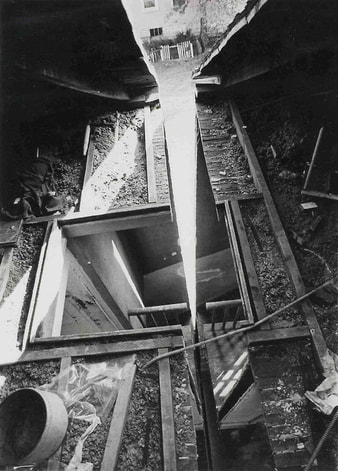 http://i.huffpost.com/gadgets/slideshows/348160/slide_348160_3701456_free.jpg Gordon Matta Clark, Splitting, 1974 “One of his most celebrated sculptures consisted of a vertical slice into an old frame house located in Englewood, New Jersey. The home, owned by New York art dealer Holly Solomon, was slated for demolition. The resulting film is composed of intentionally artless footage showing Matta-Clark and his friends making two parallel cuts down the center of the house; jacking up one half of the structure and beveling the cinderblock supporting it; and then lowering that half back down, bisecting the home and creating an ephemeral display of light inside the once-compartmentalized interior. The movie’s documentary style is the result of the artist’s dramatically physical approach to filmmaking. It reveals Matta-Clark as a daredevil, climbing around a structure that has nothing but a few jacks preventing it from collapse. The sequences, which study the light effects produced by the building cut, reveal a domestic space transformed into a sundial on a grand scale.” Splitting | The Art Institute of Chicago (artic.edu). 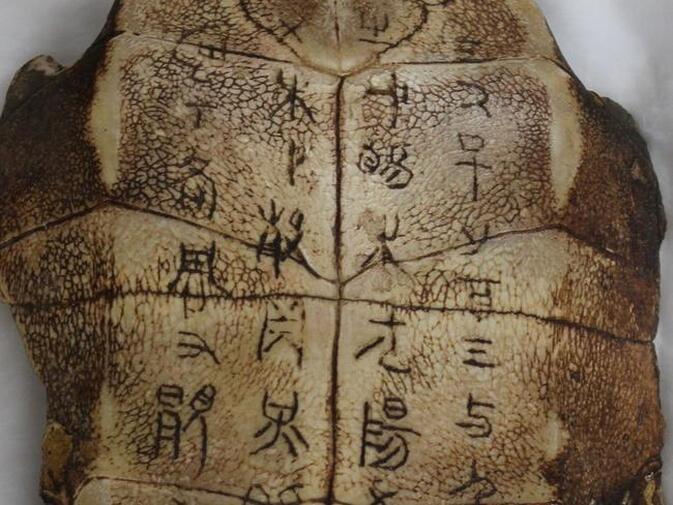 Image from: Chinese museum offers reward to decode ancient prophecies (news.com.au)
03.22.21 PassageAreas replicate and change their meaning with only the most superficial differences in appearance. The bulging white shape on the left becomes the floor beneath the passageway in the center. A mycelium-like triangular blob connects to a line in the upper left and directs visual traffic toward the passage. Another triangular blob on the right, just above the flat reflective plane, directs traffic toward a dotted line of escape. Each of these triangle blobs is connected to a series of larger amorphous blobs above. Passage is a glitch space. 03.21.21 Three works: Forbidden Seas, Rocking the Billows, Stirring the LeeThese three images are part of a series called Gates. Gates is about overcoming fear by taking courageous leaps of faith. It is about connecting with and trusting something greater than ourselves and returning home to connect with and support others. Forbidden Seas, Rocking the Billows, and Stirring the Lee are inspired by Melville’s quote about the subtleness of the sea and all the violence it contains. They are imagined as the frightful threshold at the beginning of a heroine’s or hero’s journey. It is far easier to stay on our own private islands of comfort and peace than to set sail into the unknown, especially when there is a begging chorus of the fearful insisting not to leave the comfort of land. References:
03.20.21 (Vernal Equinox) Cherry Bomb (v1), Cherry Bomb (v2 - digital concussion)Whenever I see fireworks I remember a particular scene in Cao Xuegin’s, Dream of the Red Chamber. The firecracker is a dark omen in the novel. Its true potential cannot be realized without brilliant, awe-inspiring self-destruction. Fireworks are both spectacle and specter. As a child I enjoyed the colorful spectacle of light and sound. I still enjoy this, however, as an adult I am reminded of conflicts past, present, and future. The darker side of fireworks became even more evident after my brother-in-law returned from a tour of duty in Iraq. Within half a second of hearing a neighborhood celebratory blast he lay flat on his face on my mother-in-law's carpet, a veteran's reflex. Cherry bomb address the firecracker’s duality. In an instance, the beauty and power of luminous destruction makes way for the eerie aftershock of change and loss. References:
03.19.21 Prior to the Chessmens’ ArrivalThis image is about the casual nature of our constructed realities. Specifically, how we follow basic visual cues and function (necessarily) in a kind of autopilot. It would be impossible to function if we were trying to carefully interpret every little spatial cue. The title refers to the manufacture of place, the chessboard of our daily moves. I’ve added a second image with some color coding to outline specific instances where spatial cues are used inconsistently. An exception is red dots which indicate horizontals that have been placed over the blurred surface. These horizontals compress as they recede from the viewer and help to indicate the surface plane’s spatial depth. The green loops show how the object on the back wall is not reflected in the surface while the blue loops show a reflection independent of an object. The Yellow loops show how a strong reflective anchor can carry the experience and override the inconsistencies previously mentioned. The magenta loops help to enhance the sense of reality by suggesting a change in light quality and temperature to coincide with the overlapping planes of space. In spite of all of these inconsistencies, the system of space and depth cues wins the day and the sense of space feels remarkably consistent. 03.18.21 Shell GameLight dancing on the retina is almost never processed as raw information. It is biased by previous stimuli and conditions. A repeated exact shape and color may be interpreted as something entirely different based on a myriad of contextual clues. Our consciousness rearranges and anticipates pulses of light as reality. We track and anticipate the placement but in our bones we know we are complicit in the construction of reality itself. References:
03.17.21 Ancient EyeA missing relic A solitary, disembodied ancient eye A god’s eye Fossilized calculations grind on immortal Like Janus on this present’s edge Peering back to the great flash Beaming forward into ultimate darkness 03.16.21 Synapse Moss grows on heaving stones that merge sympathetically with excited electric light reflected in a crystalline sky. Matter and energy collide, transforming in the crucible of an instance, a lifetime of men, synaptic firings between unknowable realities. 03.14-15.21 Forest BathingInitially my children and I visited the forest to escape domestic confinement without fear of the virus and to expend an unhealthy load of pent up energy. Before long we noticed improvements in all spheres of our lives. The forest heals. The Japanese call the act of spending time in the forest for healing purposes, “Shinrin-yoku,” which translates as “forest bath”. We weren’t just walking, we were forest bathing. I longed to bring the peace I felt in the woods into my home which eventually reminded me of the Farnsworth House designed by Ludwig Mies van der Rohe. The cold, cerebral, a priori qualities - the mathematical steel and glass construction of the International Style interfaces with the a posteriori sensations of natural life and personal experience. Similarly the goal of my image “Forest Bathing” was to merge and to juxtapose the sensations of the warming natural forest space with the pervasive digital spaces, spaces to which my children are native. References:
|
Archives
July 2023
Categories |
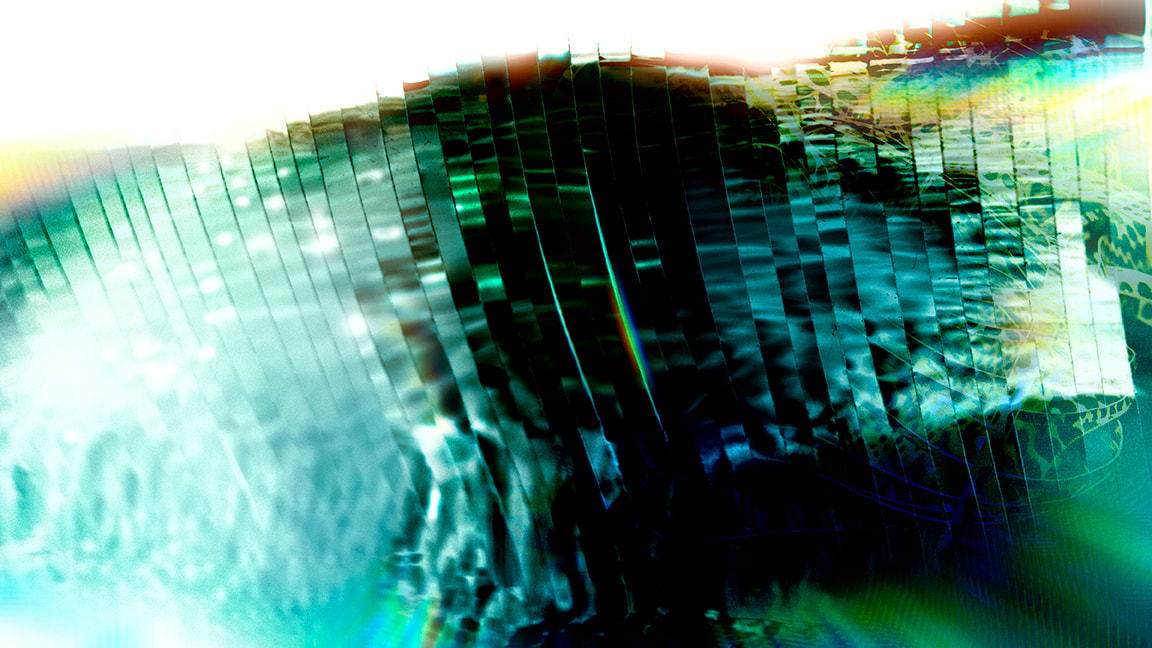
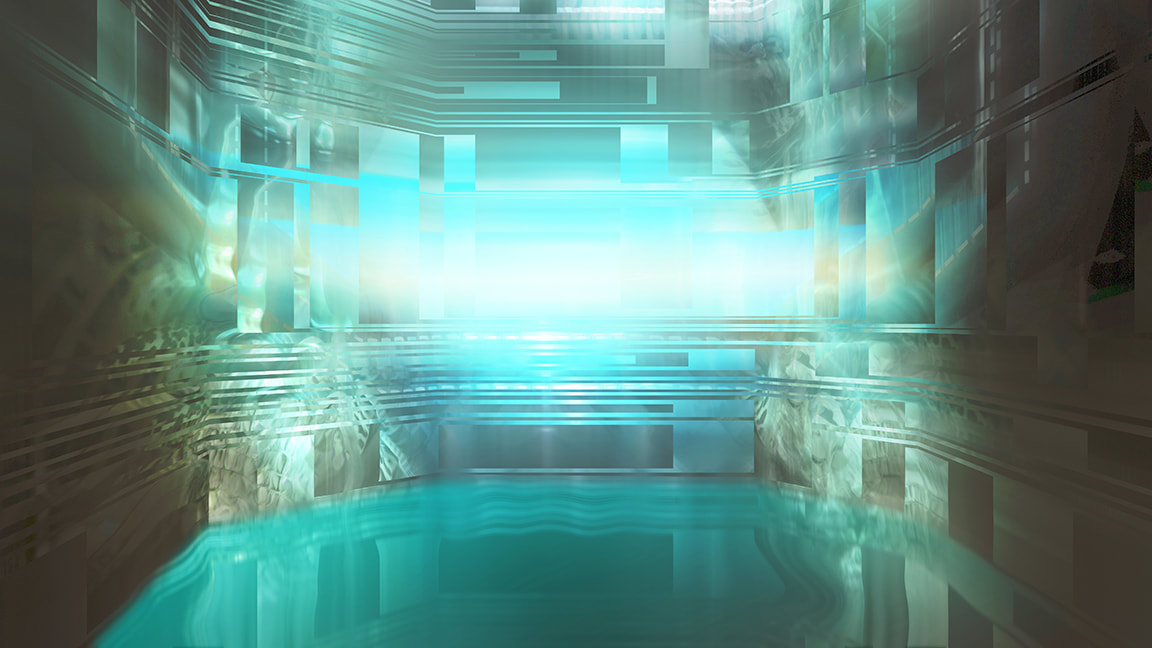
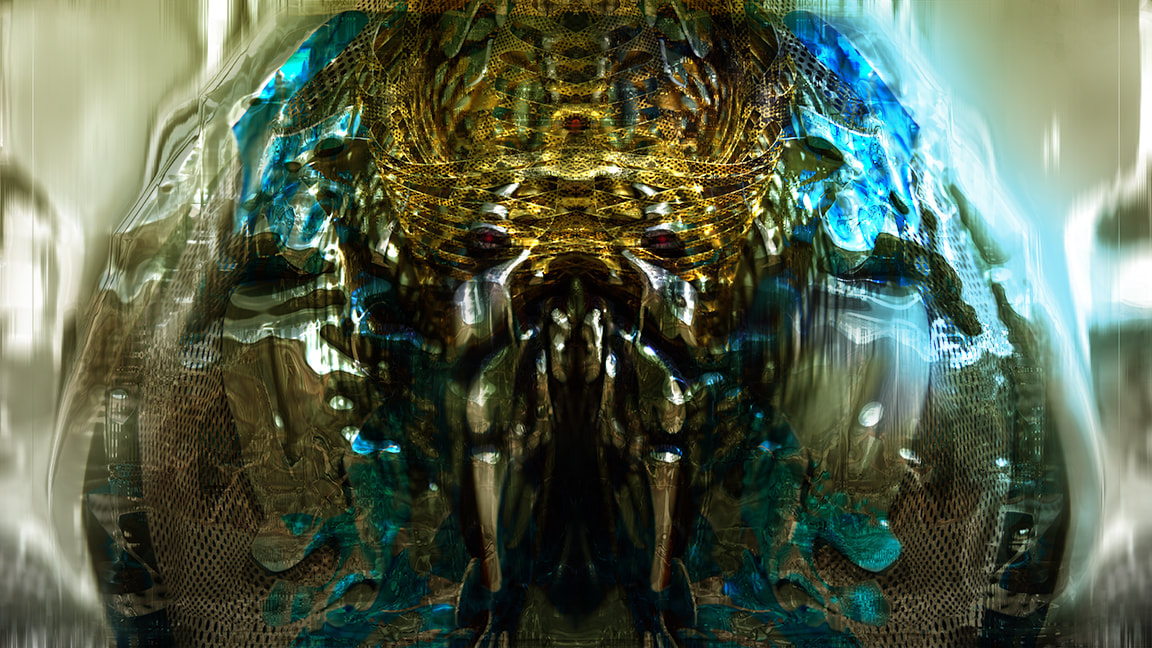

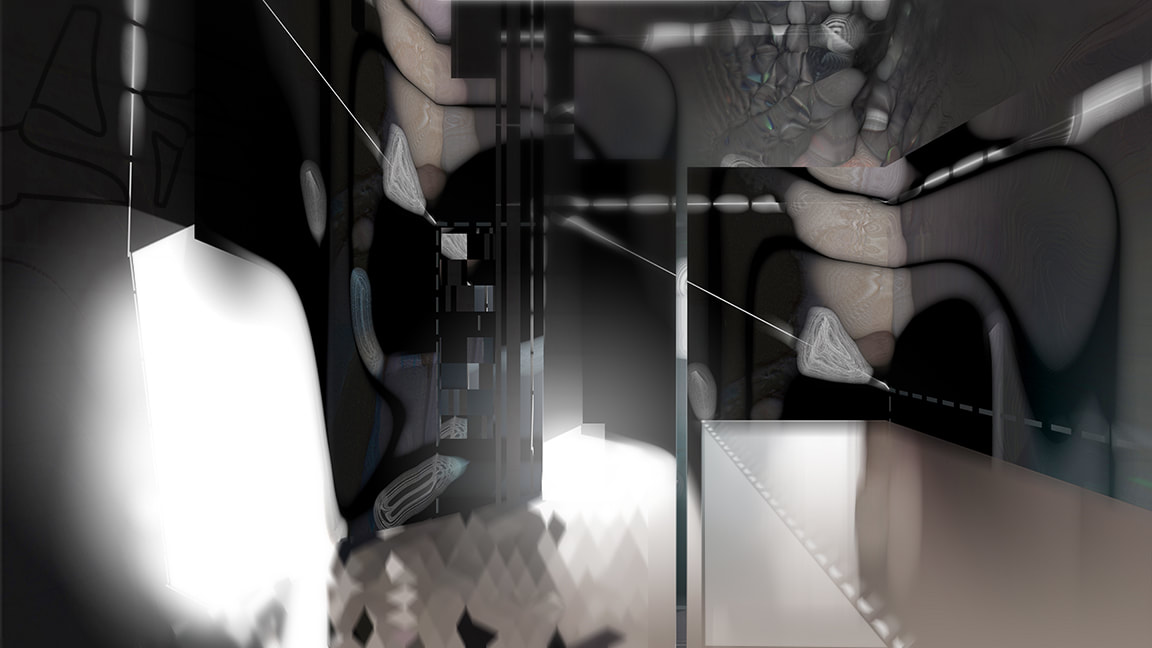
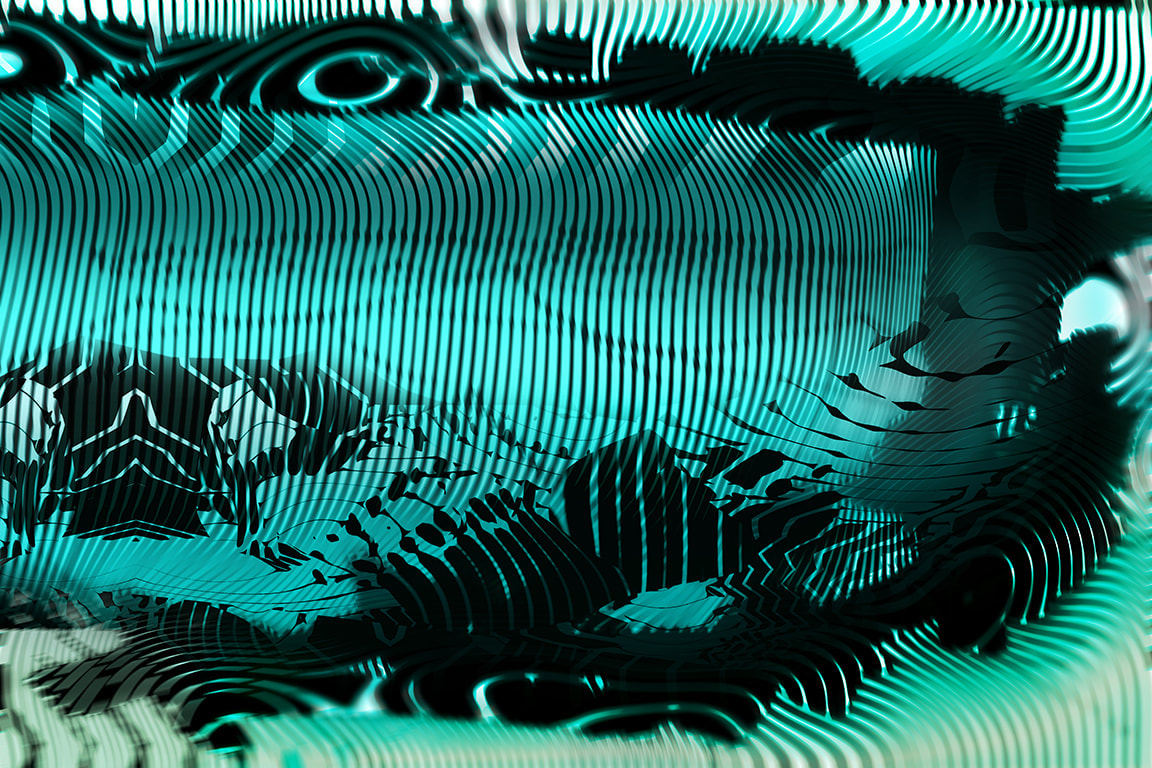
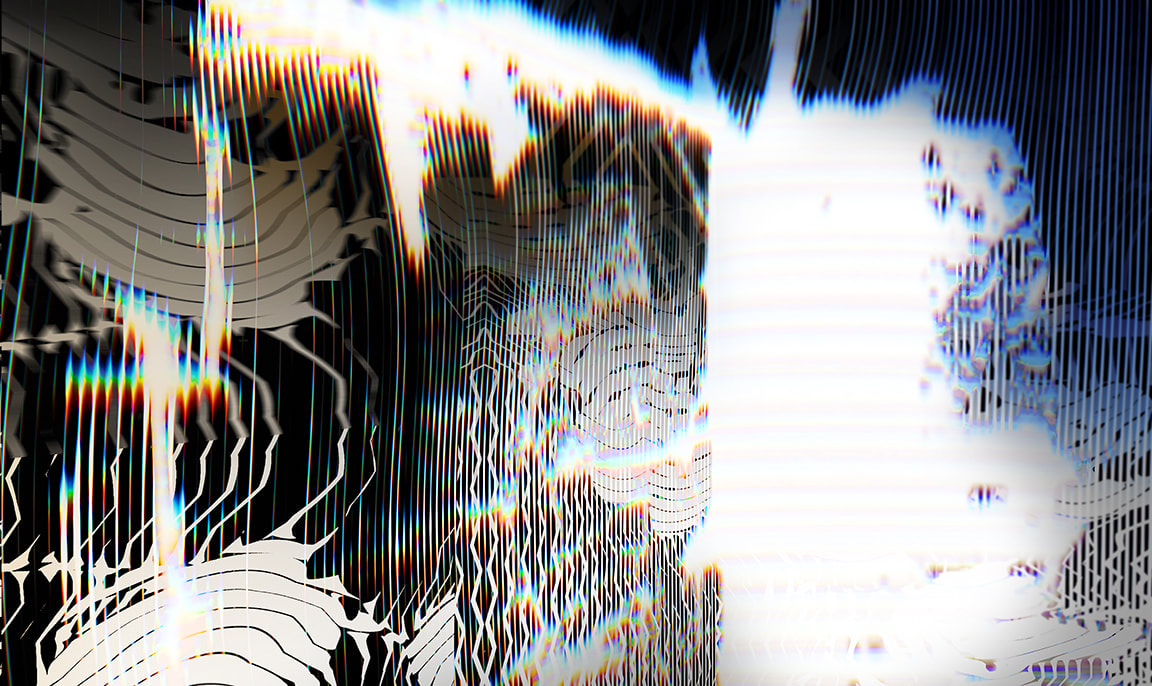
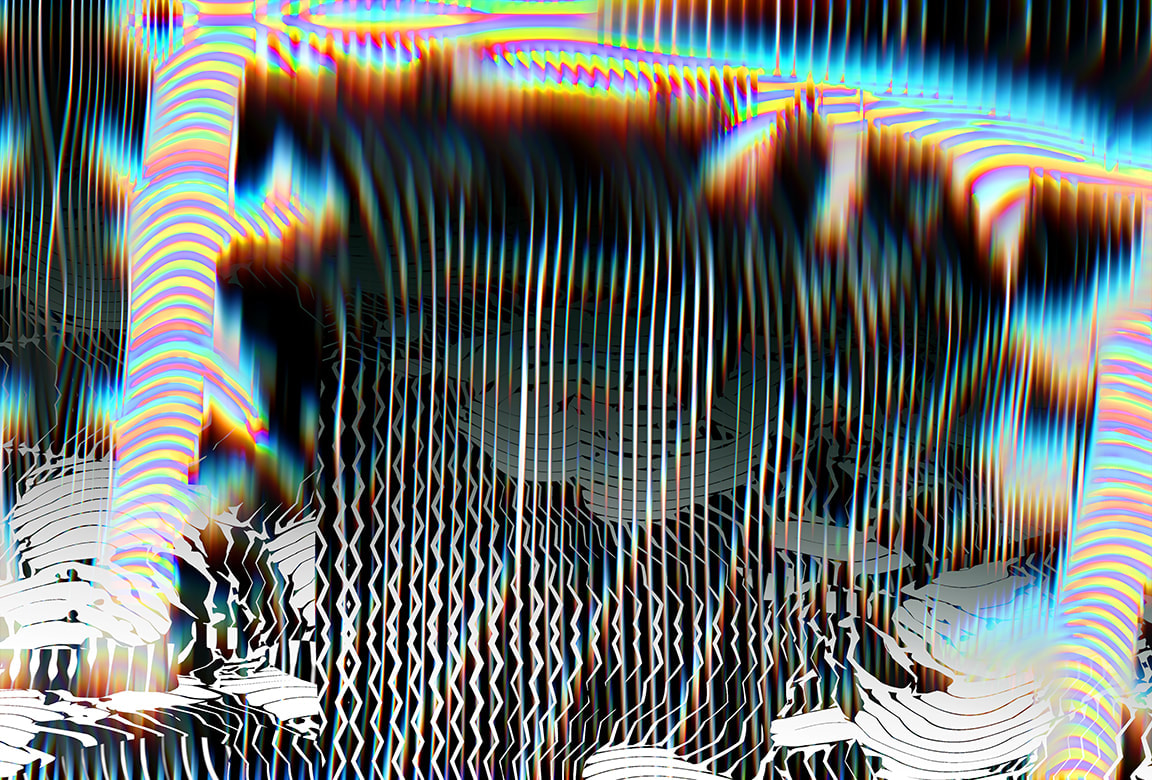
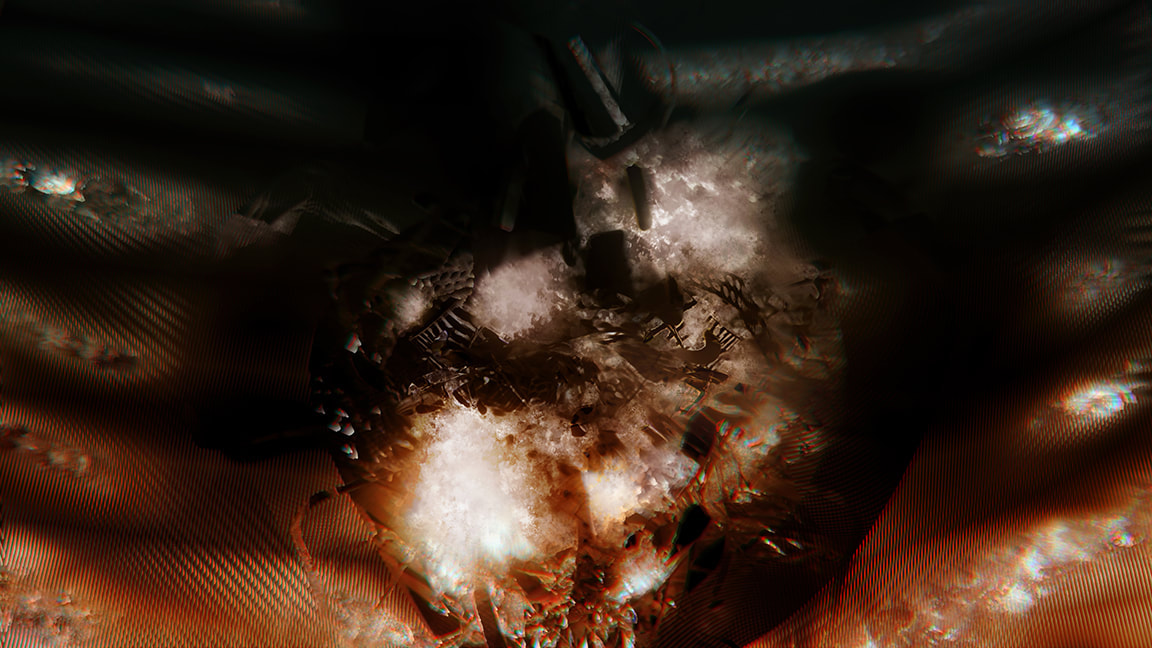
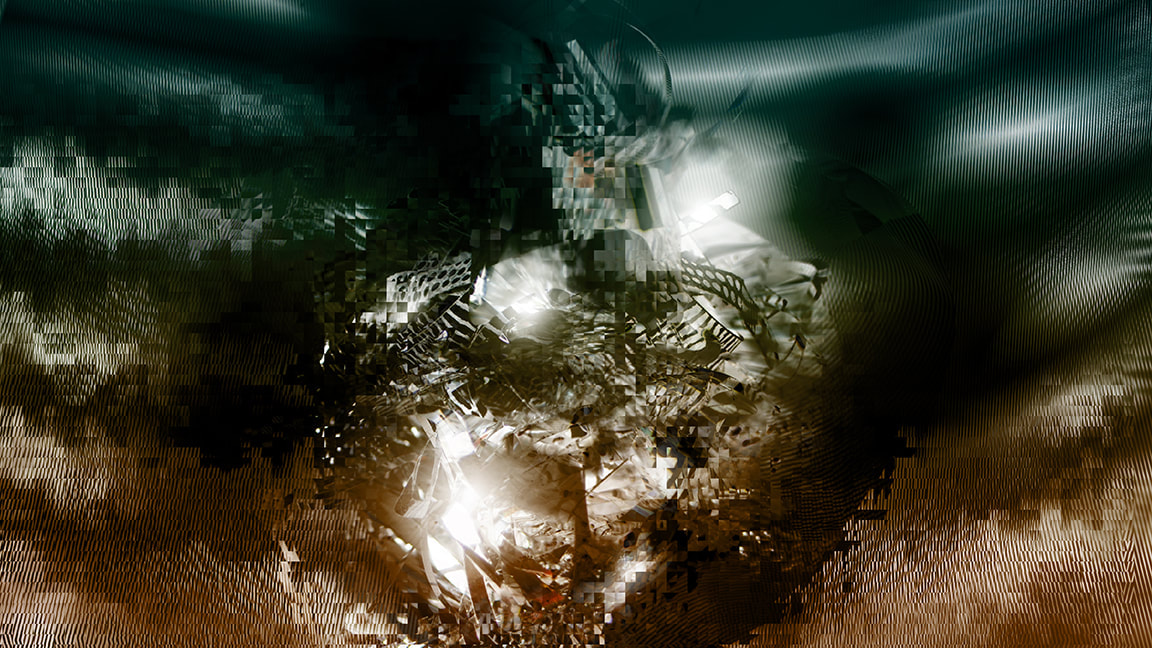
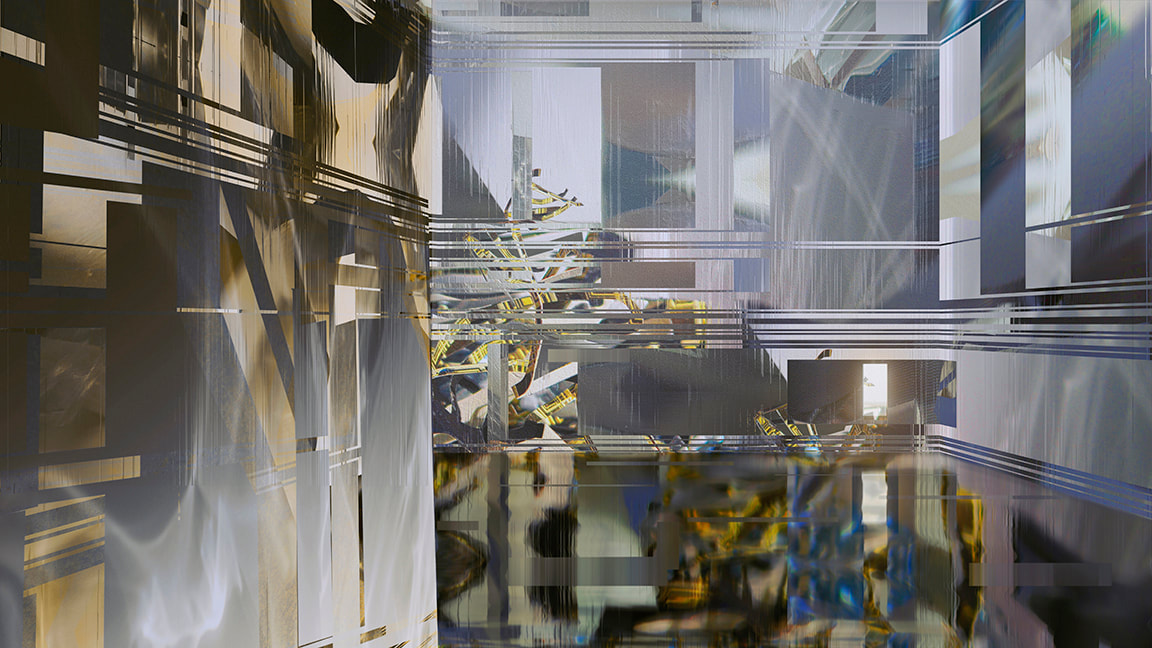
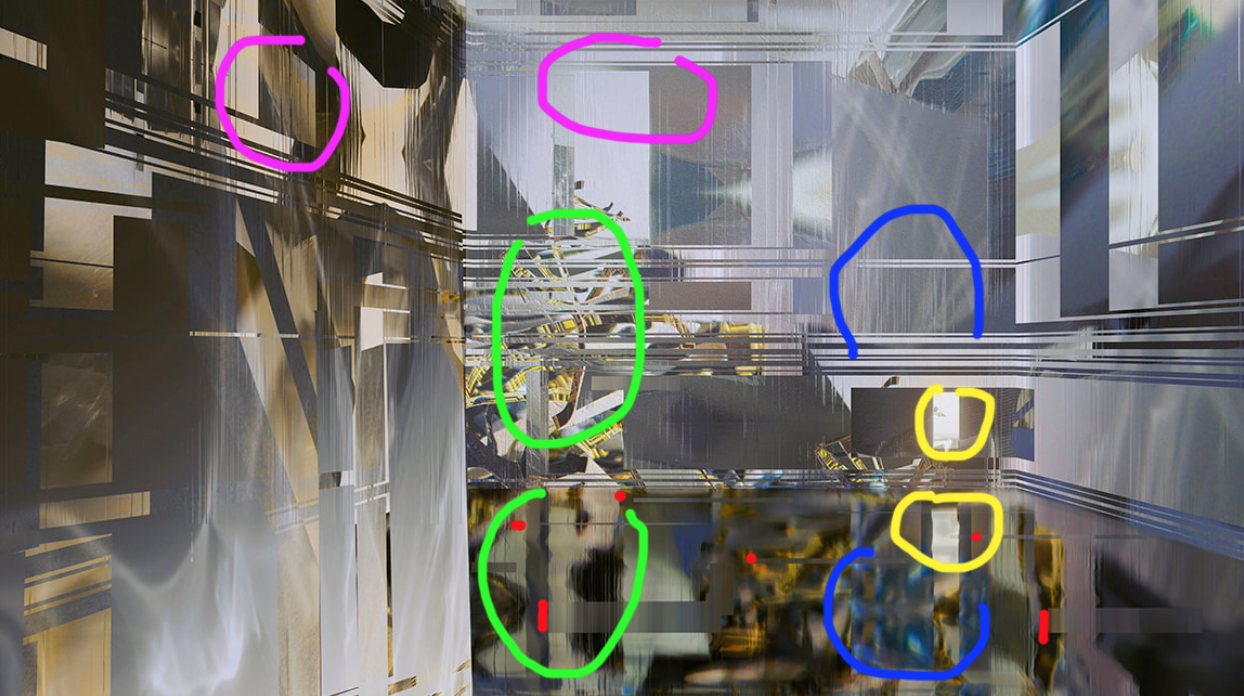
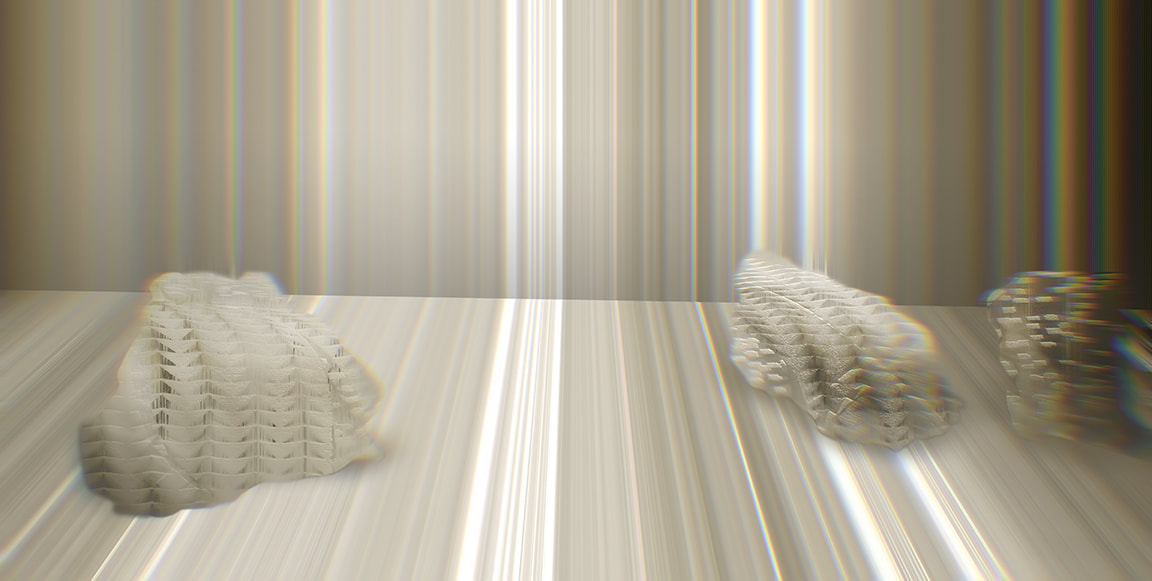
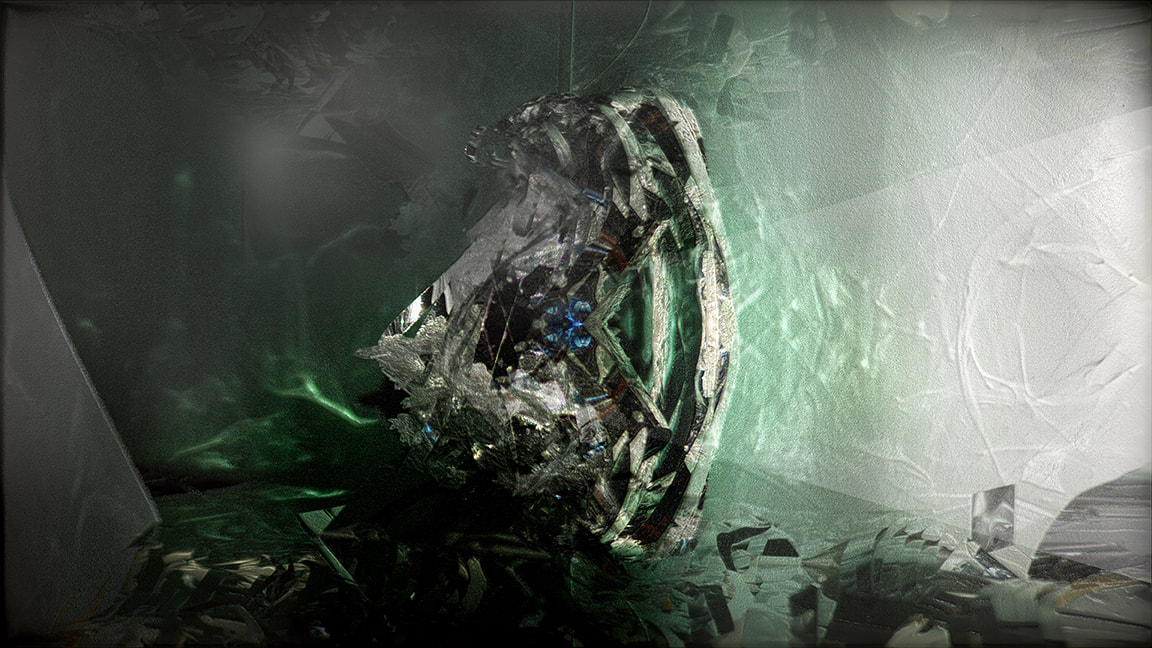
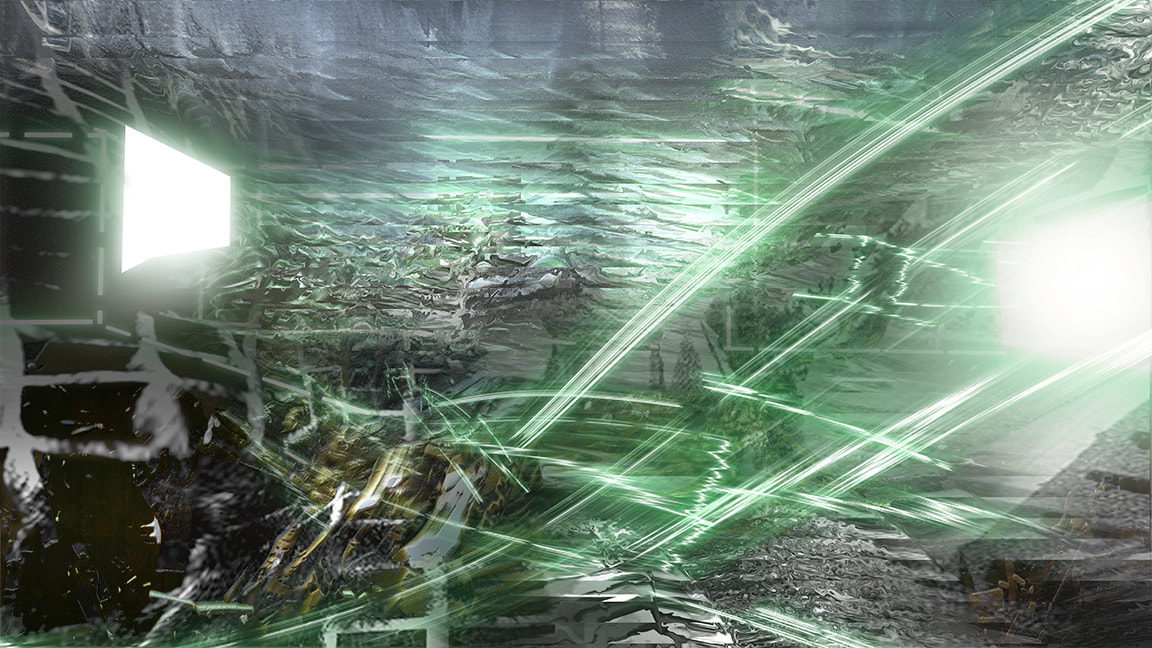
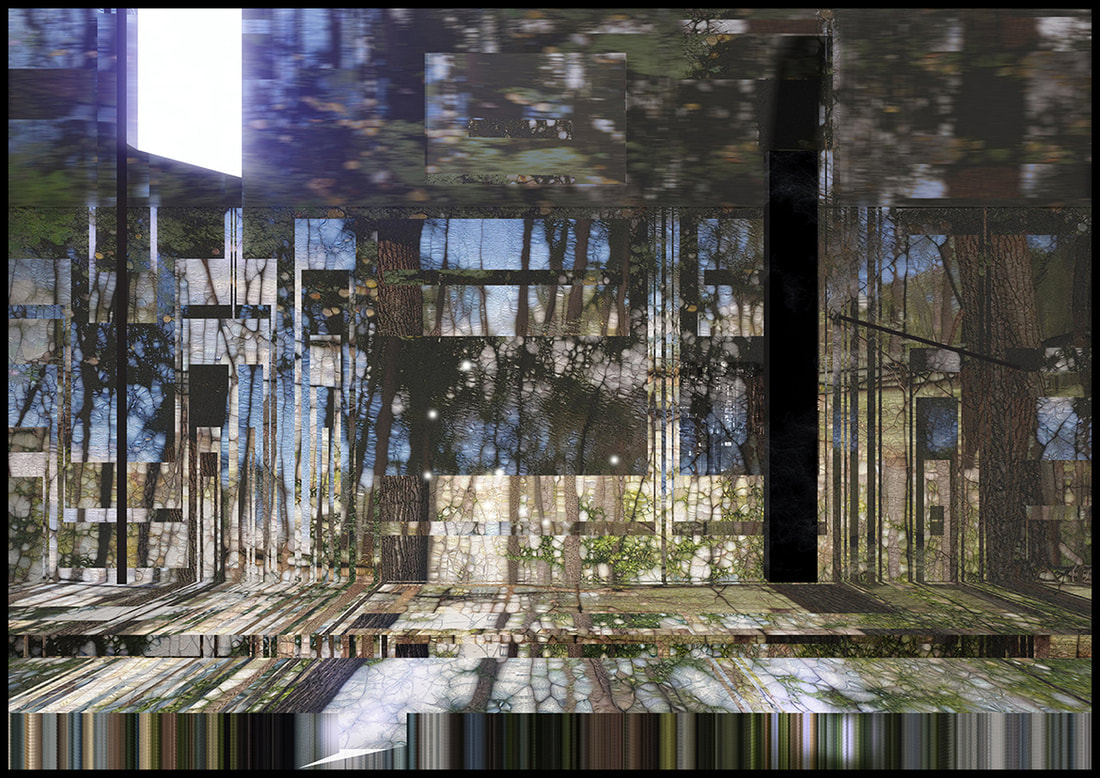

 RSS Feed
RSS Feed